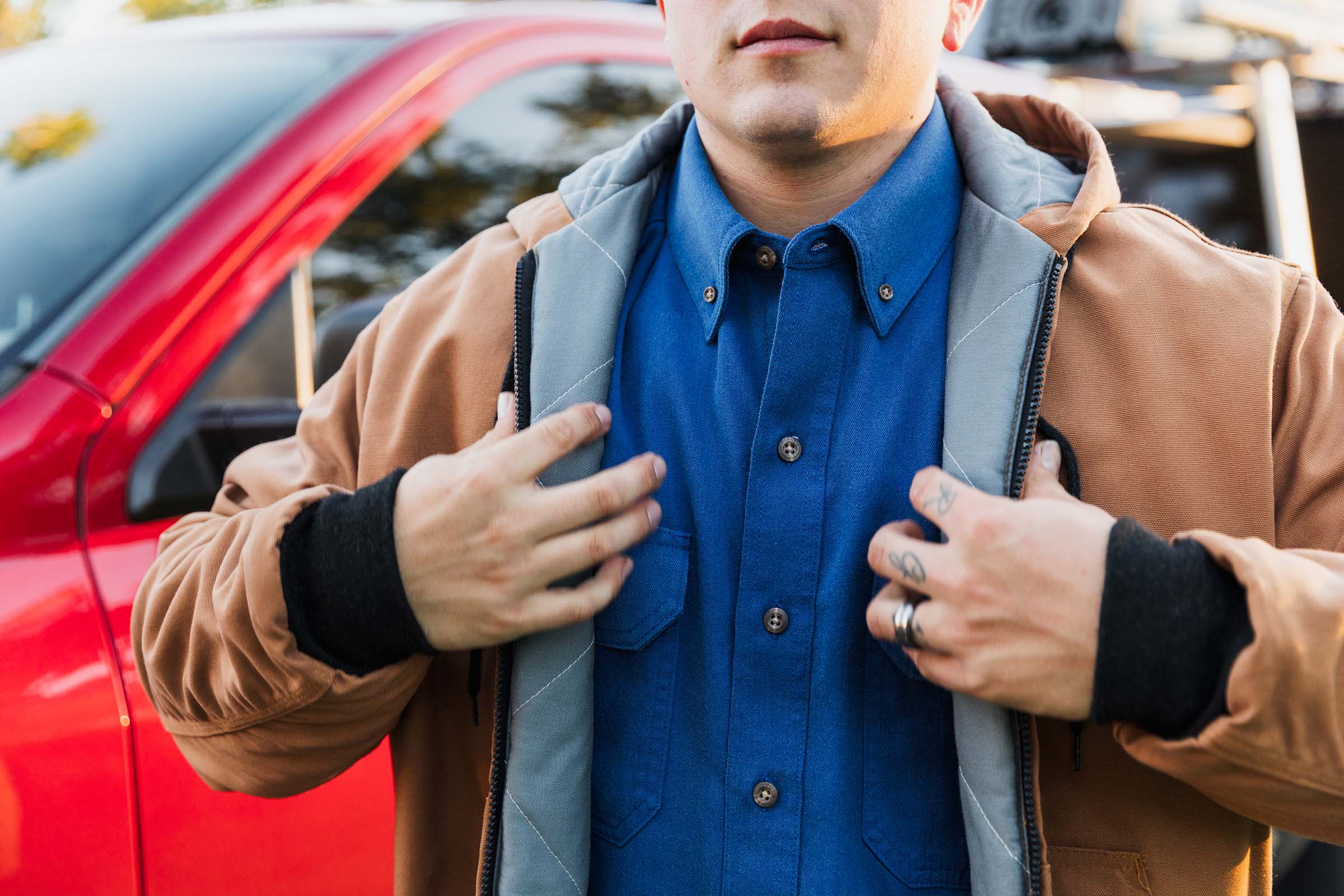Using Customer Insights to Inspire Meaningful Innovation
General 31 Oct 2019

When we look to develop new flame resistant (FR) technologies, we often draw inspiration from unmet needs in the industry. Many times, our conversations in the field help us better identify areas where we can fill a gap to better protect workers in the electrical and oil and gas industries against arc flashes and flash fires. We sat down with Paul Castelli, international sales director for Westex by Milliken, to learn more about how Westex develops new technologies.
Westex by Milliken: How has the FR textiles industry evolved over the course of your career? Paul Castelli: Especially in the past five years, there has been an influx of global FR fabric manufacturers. That influx brought more options and more complexities to the market, which is why we are passionate about educating end users on the importance of choosing a reputable FR fabric manufacturer for their safety garments. This knowledge allows end users to make informed decisions about their FR protection. In addition, the increased market competition motivates us to continue making groundbreaking discoveries and developing innovative products to set ourselves apart.
WBM: Why is Westex such a reputable FR brand globally, and what benefits does Westex bring to companies that other FR manufacturers do not? PC: Westex is a trusted and proven brand in the safety industry, which is primarily due to our commitment to protection, comfort, and value. In addition to our market-proven products, one of our defining characteristics is our commitment to supporting our customers and end users in the field. We put a high priority on educating wearers, advocating for compliance beyond the minimum industry standards, and supporting efforts that help develop healthy and sustainable communities.
We have a full team to assist end users. Knowing how to support customers in the field is imperative in proving your longevity as a company. Many brands can create a quality product, but if they cannot support their products in the field, they are not as successful in the long run. Westex thrives on assisting our customers and listening to what they want from their FR fabrics, which sets us apart from other manufacturers.
WBM: Which Westex products have been driven by customer feedback, suggestions, or requests, and how do you collect this feedback? PC: We collect feedback through advanced wear trials, which we reference when developing and tweaking FR innovations. The idea for the Westex® DH performance line came directly from these wear trials and customer feedback. We found the most requested feature was a comfortable, breathable, and moisture-wicking fabric with an excellent arc rating. Additionally, we received requests for a versatile fabric that addresses more than one hazard.
With these insights, we developed Westex® DH to be a performance-driven FR fabric with moisture-wicking and breathable properties—much like athletic clothes end users may wear at home. This multi-hazard fabric contributes to a safer work environment, both with its FR protection and with its ability to help keep end users cooler and more comfortable on the job site.
WBM: What was the most meaningful interaction you had with an end user? PC: When we were developing Westex® DH, I spoke with an end user whose PPE was a heavier, 9 oz fabric. When he and his team trialed a Westex® DH garment, they were excited to wear their new garments, which instilled a feeling of pride in their workplace. Because of this pride, they wore their uniforms proudly and properly. The garment had a positive impact on the company’s attitude about safety in the workplace.
WBM: What do you see for the future of the FR PPE industry or occupational safety as a whole? PC: More and more, we’re seeing people ask for features that mirror features they see in other areas—the idea of incorporating athletic clothing characteristics being a prime example. I think FR textiles will continue to advance by utilizing these types of performance features. We use insight and information from end users to develop new FR technologies to help protect them from hazards they may face on the job—sometimes before they realize a need themselves.
